Issue (Mirabilia Ars)
-
Art and spirituality: questions about religious iconography
Organized by José María SALVADOR GONZÁLEZ, Matheus Corassa da SILVA (orgs.)
Mirabilia Ars 07 (2017/2)
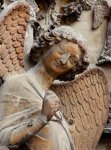
-
The Architecture in Cantigas de Santa María
Organized by José María SALVADOR GONZÁLEZ, Matheus Corassa da SILVA (orgs.)
Mirabilia Ars 06 (2017/1) Special Edition
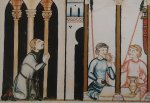
-
Between the sacred and the profane: paths of Western Art
Organized by José María SALVADOR GONZÁLEZ, Matheus Corassa da SILVA (orgs.)
Mirabilia Ars 08 (2018/1)
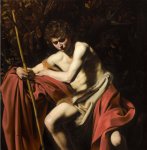
-
Tradition and innovation: artistic continuities and ruptures
Organized by José María SALVADOR GONZÁLEZ, Matheus Corassa da SILVA (orgs.)
Mirabilia Ars 10 (2019/1)
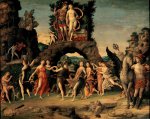
-
Bodies, clothing and social structure: the Germanic art of miniature illustrations in the Codex Manesse (13th century)
Organized by Matheus Corassa da SILVA (org.)
Mirabilia Ars 09 (2018/2) Special Edition
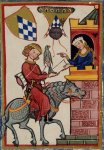
-
Metaphors and Symbols in Art History
Organized by José María SALVADOR GONZÁLEZ, Matheus Corassa da SILVA (orgs.)
Mirabilia Ars 11 (2019/2)
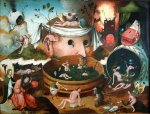
-
Imagining Middle Ages
Medieval Images
Organized by José María SALVADOR GONZÁLEZ (org.)
Mirabilia Ars 12 (2020/1)
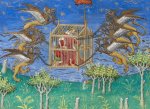
-
Staging the leader's divinity
Images, Texts, Rituals
Organized by Mirko VAGNONI (org.)
Mirabilia Ars 14 (2021/1)
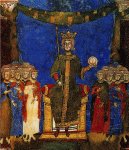
-
Art, beauty and aesthetic contemplation
Organized by Matheus Corassa da SILVA (org.)
Mirabilia Ars 13 (2020/2)
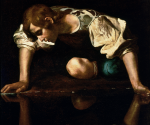
Article (Mirabilia Ars)
-
Tradition and fashion in Greek costume
Miguel Ángel ELVIRA BARBA, Marta CARRASCO FERRER
Original title: Tradición y moda en el traje griego
Published in
All along the 6th and 5th centuries B.C., the clothes of the Greek women experienced though changes, which seem connected with the evolution of mind, cultural activity and some political events. We can sometimes talk about true “fashion” in the modern sense of the world.


















































































